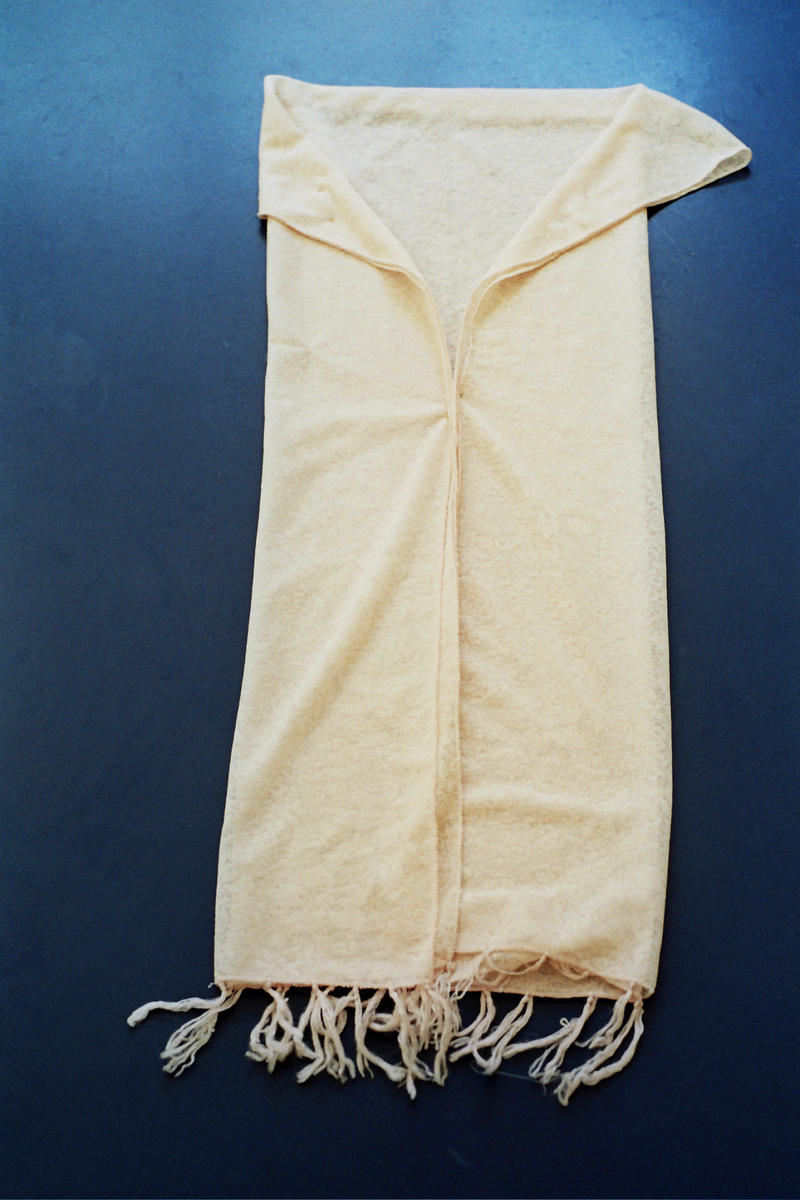
Amman
Art Now in Lebanon
Darat al-Funun
March 4–June 5, 2008
The exhibition ‘Art Now in Lebanon,’ curated by Andrée Sfeir-Semler for Darat al-Funun in Amman, was neither a retrospective nor a survey. But it did pose an opportunity to reflect on the art scene that has developed over the past fifteen years in Beirut.
With thirty-nine works by fourteen artists born between 1964 and 1983, the show gathered, once again, the figures who have increasingly been considered a group, if not The Group — Walid Raad, Akram Zaatari, Rabih Mroué, Walid Sadek, Jalal Toufic, Marwan Rechmaoui, Lamia Joreige, Paola Yacoub, Joana Hadjithomas, and Khalil Joreige. These artists were all represented in Darat al-Funun’s main exhibition venue, and as a result, the lineup echoed past exhibitions privileging Beirut or Lebanon as curatorial conceits — shows such as Catherine David’s first iteration of Contemporary Arab Representations and Suzanne Cotter’s ‘Out of Beirut’ for Modern Art Oxford.
The difference was the time and the place. Shows determined by their artists’ origins tend to provoke criticism, and more often than not, such criticism is justified. Exhibitions of Middle Eastern, Arab, Lebanese, and Beirut-based art, when staged abroad, can seem as though they’re chasing fashion or assuaging guilt. They can appear more responsive to cultural politics than to artistic practices. When The Group from Lebanon shows in Europe or the United States, for example, there is an implicit expectation that the works will provide viewers with information. The war on terror, the war in Iraq, Lebanon’s civil strife, and the Arab-Israeli conflict will be reduced to digestible bits. Each work will provide a thoughtful, sensitive engagement with a complex situation that the artist has already cut down into a series of choice aesthetic or conceptual morsels.
But it’s worth noting that nothing on this scale has ever been shown in Beirut. And the last time anything similar was staged in the region was seven years ago, when Ashkal Alwan’s Christine Tohmé curated ‘Missing Links’ for the Townhouse Gallery of Contemporary Art in Cairo. Much has changed since then. An alternative infrastructure for the production and presentation of contemporary art has taken hold in several cities across the Arab world. The underlying ambition of ‘Art Now in Lebanon’ was educational, to bring to Amman’s burgeoning art public an exhibition of strategies and subjects and to give the city’s young artists and curators a sustained glimpse of what they had been hearing about through word of mouth, and reading about for years in catalogues and magazines that travel more easily than bodies.
Moreover, ‘Art Now in Lebanon’ came at a time when the dynamics of Beirut’s art scene seemed to be shifting dramatically, and thus captured a pivotal yet highly ambiguous moment. Walid Raad’s large-scale photo-works — entitled Scratching on Things I Could Disavow and featuring pristine arrangements of, say, stray bullets that the artist collected and tagged with austere descriptions that trigger rich and evocative narratives—may have been either the last bracket on his long-term Atlas Group project or the bridge to a future body of work drastically different from his previous concerns. Akram Zaatari’s installation Earth of Endless Secrets — consisting of posters, a video loop, a large-scale photo montage, and smaller images that relate to earlier works such as This Day and In This House—was in many ways a precursor to his book of the same name, which ordered his research into themes that point toward the artist’s articulations to come. Joana Hadjithomas and Khalil Joreige’s Landscapes of Khiam — paradoxically gorgeous photographs of busted billboards that look like toys on the twice-wasted terrain of Israel’s former detention center in South Lebanon — effectively closed the circle that began with the artists’ Khiam documentary in 2000. In all of these works, images that were once latent, or impossible for the artists to reach, were made manifest. In that sense, they were culminations, and so ‘Art Now’ signaled the end of an era and the beginning of the art scene’s historicization.
The most troublesome aspect of the show was the title. It was simple, it was clear, it was wrong. It meant nothing. In fact, Sfeir-Semler was quietly broadcasting several curatorial channels at once. Works like Walid Sadek’s Mourning in the Presence of the Corpse, Marwan Rechmaoui’s Beirut Caoutchouc, Raad’s I Only Wish That I Could Weep, and Rayyan Tabet’s Fossils — these were landmark pieces, greatest hits, in a lineage of works worthy of being acquired for a museum collection that doesn’t exist anywhere but the imagination. The inclusion of a second venue hosting the work of Tabet, Ziad Antar, Randa Mirza, and Mazen Kerbaj was an attempt to both complicate the hegemonic understanding of the group and highlight the work of an elusive “time of Nidhogg.” Splitting the exhibition may have forced an art historical division that could not be sustained by the works themselves, only perhaps by the artists’ dates of birth.
But that curatorial gesture did reveal the ways in which younger artists are, at times, more emotive and tactile, less clinical and conceptual.
One could thread the emotional resonance of Tabet’s Fossils, an arrangement of concrete-covered suitcases emblematic of the artist’s childhood (always keep your bag packed, always be ready to go), through Paola Yacoub’s photographs of a wrecked city as a playground for young lovers, Zaatari’s recollections of his first efforts at making images, and Raad’s trading of ominous trinkets with, among others, his sister and an old girlfriend. The younger works cast meaningful light on the older works.
Some of the artists here could have been better represented — Rechmaoui, Lamia Joreige, Kerbaj, and Antar have all made far more interesting works than the ones included in ‘Art Now.’ But in terms of bringing everything back closer to home, the exhibition took an important step. Next stop, Beirut.